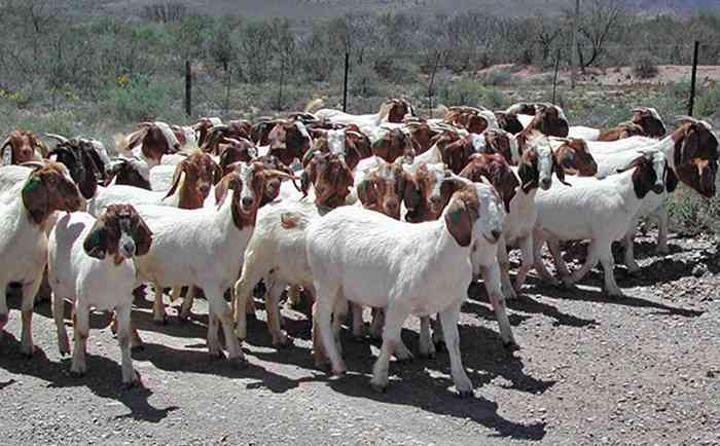Africa-Press – Zimbabwe. ZIMBABWE’S indigenous goat breeds, the Matebele and Mashona, are celebrated for their resilience, adaptability and deep cultural heritage.
These goats thrive in some of the country’s toughest environments, resist local diseases and reproduce well under low-input conditions.
But beyond their role in local livelihoods, they hold untapped potential for international markets.
With the right systems in place, Matebele and Mashona goats could become export-ready and position Zimbabwe as a regional leader in the global goat industry.
So, what needs to be done to make these hardy indigenous breeds competitive on the international stage?
The first step is to define exactly what makes a Matebele or Mashona goat.
Breed standards — covering size, conformation, coat type, fertility and other traits — are the passport to recognition in global markets.
Without this, international buyers cannot be sure of what they are purchasing.
A national herdbook and registration system would formalise this identity and protect against dilution through unregulated crossbreeding.
Export markets demand consistency.
That means goats must meet predictable performance measures such as growth rates, carcass weight and fertility.
Setting up simple, farmer-friendly performance recording systems will help to track these traits.
Community-based breeding programmes, supported by “nucleus” herds, can drive gradual genetic improvement while conserving the hardy characteristics that make these breeds unique.
Matebele and Mashona goats have desirable traits: they survive heat, resist parasites and thrive where other breeds struggle.
The challenge is to improve market-facing qualities like carcass yield without losing this resilience.
Breeding goals should therefore balance growth and meat quality with the preservation of disease resistance and fertility.
No goat leaves Zimbabwe without veterinary clearance.
International markets require rigorous proof that animals are free from major diseases, supported by official surveillance systems.
Establishing pre-export quarantine facilities, standard vaccination programmes and traceability systems is critical to meet global sanitary and phytosanitary (SPS) requirements.
Modern buyers want to know where their meat comes from — and how animals were treated.
Ear-tagging, digital records, and humane transport systems ensure goats are traceable back to farms and that they meet welfare standards during movement and export.
While live-animal exports are one option, processing goat meat into chilled or frozen cuts could fetch higher value.
Zimbabwe can develop accredited slaughter and cold-chain facilities that meet importer standards.
Diaspora markets, which already appreciate goat meat, provide a natural entry point for early exports.
Breeding programmes, veterinary compliance and cold-chain investment cannot happen in isolation.
Farmer associations, government departments, veterinary services and private processors need to collaborate.
Support from development partners such as the Food and Agriculture Organisation, International Livestock Research Institute or donor-funded livestock programmes could help to establish the foundation for a sustainable export pathway.
The Matebele and Mashona breeds offer Zimbabwe a unique opportunity to compete on the global goat market.
Their story is compelling —goats bred for centuries in harsh conditions are now ready to enter premium export markets.
But to get there, Zimbabwe must invest in breed standards, performance recording, health systems and export infrastructure.
Done right, these goats could put Zimbabwean farmers on the international map.
For More News And Analysis About Zimbabwe Follow Africa-Press






